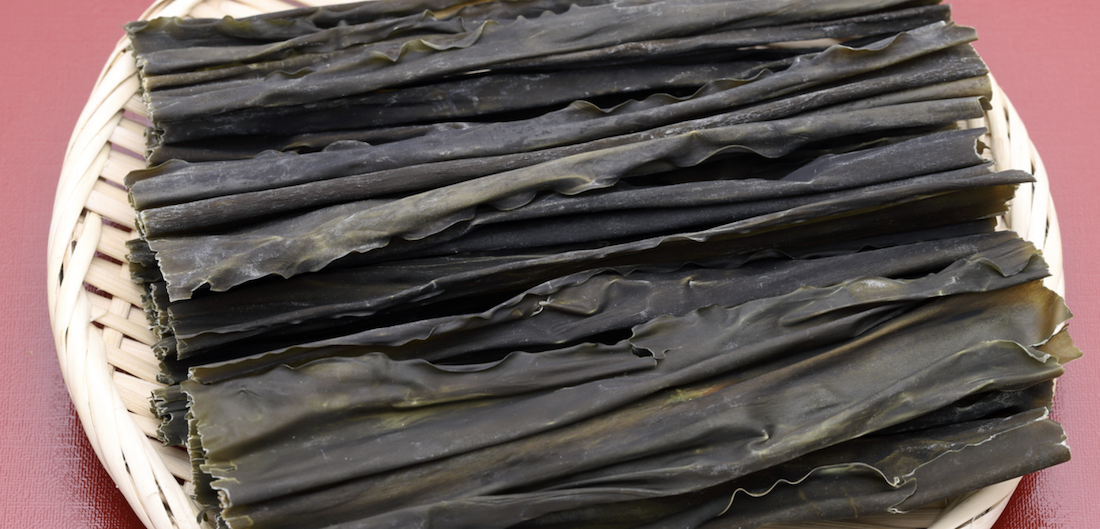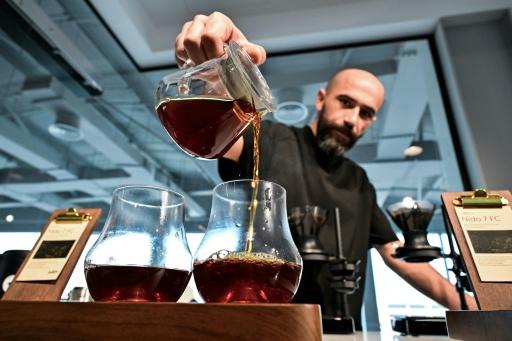At precisely noon each day, a small carton of milk, a steaming bowl of rice and a perfectly portioned side of fish arrive on every desk in my kids’ classroom. There’s no packed lunch from home, no chatter and no choice. This is kyushoku (Japan’s beloved school lunch system), and for many foreign families, it’s a cultural experience that takes some getting used to. When my Kiwi-born child started second grade in Japan, this daily ritual quickly became one of our biggest challenges as we learned to adjust to Japan’s school lunches.
I’d expected the language barrier to be hard. I didn’t expect lunch to be harder.
Cultural Expectations Meet Individual Needs
Helping Your Kids Adjust To Japan’s School Lunch System
Finding Balance At The Lunch Table
From Lunchboxes To Kyushoku

Image: Pixta: akira
In Japan, kyushoku is not just a meal. It is considered part of the curriculum, teaching children about nutrition, teamwork, etiquette and respect for food. Students take turns serving their classmates, eat the same dishes together and clean up afterward in the name of equality and community. It is a beautiful concept in theory and in practice, but for newcomers, it can be overwhelming.
Back home in New Zealand, lunchtime was a relaxed and social affair. We would take our lunchboxes outside, sit in groups and talk during the break. Teachers encouraged healthy food choices with rules against lollies and chips, but every child brought something different and the occasional quiet sandwich-for-home-baking trade was practically a rite of passage. If you did not finish all your lunch, that was your choice and your lesson to learn later.
Lunchtime in a Japanese classroom could not have been more different. Every student eats the same meal at their desk. There is no talking, a rule introduced during COVID-19 that still lingers in many schools. The result is a quiet, almost ritualistic meal where the only sounds are thirty-five children chewing, slurping and sipping milk in unison. For a child with sensory sensitivities, this was overwhelming. The combination of silence and the sounds of eating was difficult enough, but the food itself posed its own challenges.
Japanese school lunches are wonderfully balanced, often including rice, miso soup, a salad and a meat or fish dish, all carefully planned by a licensed dietitian. Yet for a child unaccustomed to these flavors or textures, it was a steep learning curve. The fish-heavy menus were the hardest. Tiny fried fish (shishamo) with their eyes still staring up were particularly confronting. Most days, my kid stuck to rice, bread and milk, sometimes facing a tray of food that had cooled by the time it reached the desk.
Cultural Expectations Meet Individual Needs

Image: Pixta: Graphs
In Japan, finishing everything on your plate is not only polite but also a sign of respect. It is still considered a moral value. The concept of mottainai, meaning “waste nothing,” is deeply ingrained. Teachers encourage children to eat every bite, both to teach gratitude and to help them experience a wide variety of foods. It is an admirable approach, but for children who cannot finish their meals because of sensory issues or appetite loss, it can also be distressing.
During my kid’s first year, the classroom teacher was strict and followed every rule closely. Every student was expected to clear their plate with no exceptions. The pressure around lunch built up day after day and soon my kid began to dread school altogether.
The following year brought a very different experience. The new teacher was patient, kind and understanding. He encouraged tasting new foods without pressure and allowed small accommodations, such as wearing noise-canceling earmuffs to reduce sensory overload. That simple change transformed lunchtime from something stressful into something manageable.
Helping Your Kids Adjust To Japan’s School Lunch System
Click here to read more.
© Savvy Tokyo











 English (US) ·
English (US) ·